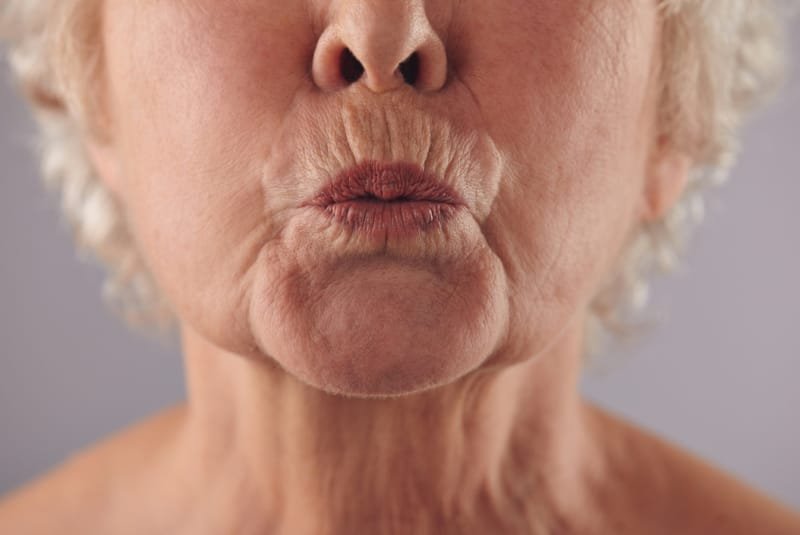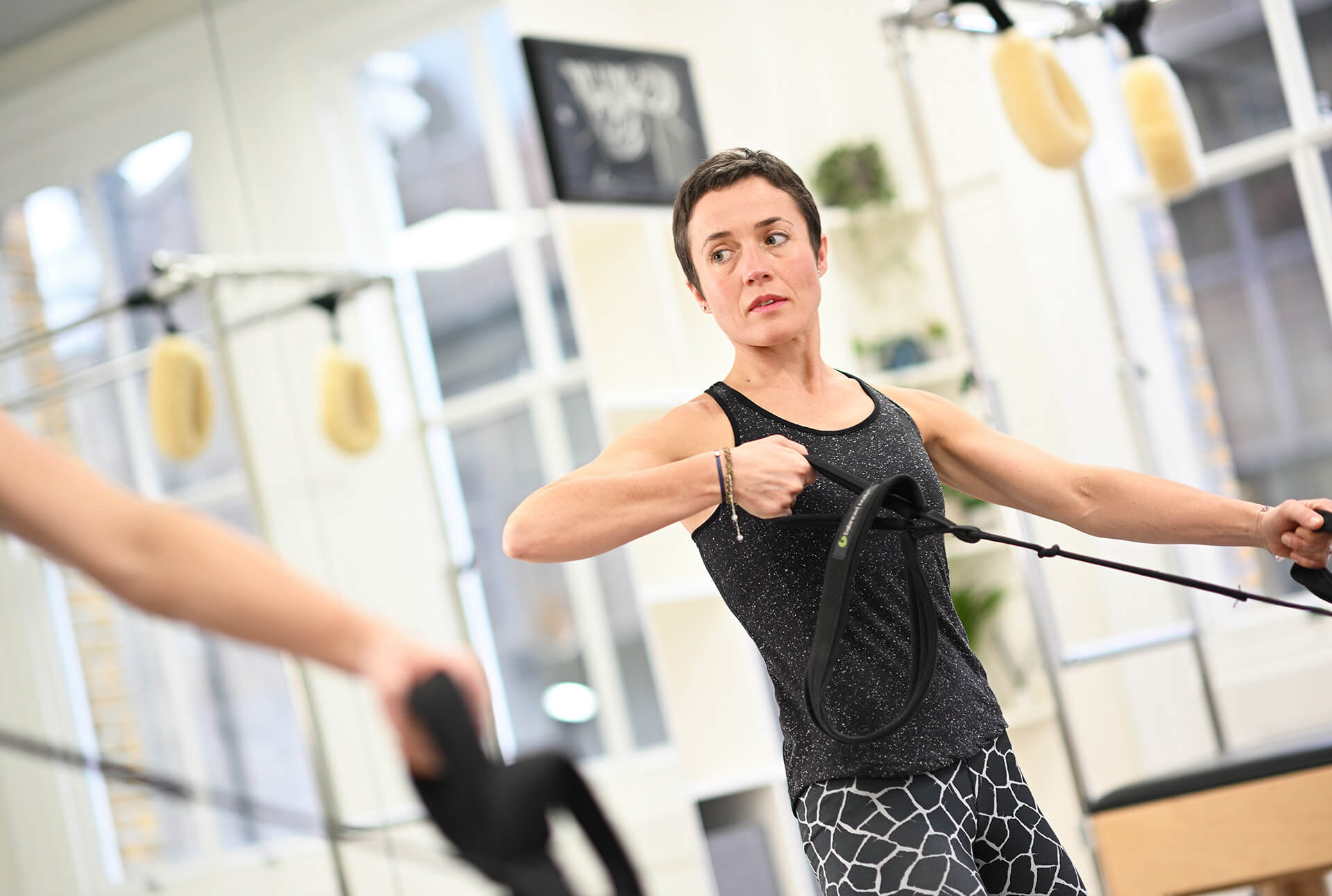Today is World COPD Awareness Day, a day designed to shine a spotlight on the disease and improve its care globally.
To observe it, and do our bit to raise awareness of the disease, we’ve put together some information on the symptoms of COPD. We’ve also included two breathing exercises recommended by the COPD foundation.
What is COPD?
Chronic Obstructive Pulmonary Disease (COPD) is the name for a group of lung conditions that cause breathing difficulties. These diseases include emphysema and chronic bronchitis. COPD is a progressive and (currently) incurable disease, although the right diagnosis and treatment can help with the management of symptoms.
COPD is a condition that mainly affects middle-aged or older adults. In the UK, 1.2 million people are estimated to suffer with the disease. This makes it the second most common lung disease after asthma in the country.
Despite being a common disease, many people are living undiagnosed with the condition and as a result are not receiving the support they need. For suffers, this is bad news. Without the right treatment, symptoms usually get worse – which is why increasing awareness of the disease is so important.
Common symptoms of the disease
Although symptoms can vary, these are the most common ones:
- increasing breathlessness and shortness of breath
- frequent coughing (with and without mucus)
- frequent chest infections
- persistent wheezing
- tightness in the chest
Exercising for people with COPD
For people with COPD, it can be easy to avoid activities that make you breathless. However, it is important to exercise to stay fit and healthy as this will help your breathing. Avoiding exercise will only make you less fit which will make your breathing worse.
A doctor or specialist Physiotherapist can prescribe the right level of activity for your condition.
For people with many different conditions, Pilates can be a great way to stay fit. Pilates is a slow, mindful and low-impact form of exercise. The main focus of Pilates is building strength and flexibility, meaning you rarely get out of breath while performing it.
These factors may also make Pilates suitable for people with COPD. However, if you do suffer with COPD and are considering starting a Pilates programme, check with your health care professional first.
Breathing exercises for people with COPD
Breathing techniques can help people with COPD reduce breathlessness. They can also help manage episodes of breathlessness if they come on suddenly. Here are two recommended by the COPD foundation. For these techniques to be effective, it’s important to practise them regularly.
Pursed-Lips Breathing
Pursed-lips breathing is a popular breathing technique for people with COPD.
Anxiety is a common side-effect when people experience shortness of breath. But the panicked breathing that follows feelings of anxiety can make breathing even more difficult.
Pursed-lips breathing can help to slow down your breathing and make you feel calmer and more in control.
Performed properly, this breathing exercise can also help you take in oxygen more efficiently. According to studies, it can also help people with COPD exercise.
How to do pursed-lips breathing:
- Find a comfortable spot to sit and relax your shoulders.
- Breathe in through your nose with your mouth closed.
- Purse your lips as if about to blow out a candle.
- Breathe out very slowly through pursed lips until your lungs have emptied.
- Make the out breath longer than the in breath. It should be about twice as long. Counting your breath can help, so try 2 counts as you inhale and then 4 as you exhale.
- Repeat.
This technique should be practised for 5 – 10 mins each day.
Diaphragmatic Breathing
Diaphragmatic breathing, otherwise known as belly or abdominal breathing, is a popular technique for COPD suffers. It is also commonly used in Pilates classes. As well as having a calming effect for some, this technique also helps people learn how to use their diaphragm properly to support their breathing.
Your Diaphragm and COPD
The diaphragm is the main muscle of breathing. It is supposed to do most of the work of moving air out of the lungs. In people with COPD, however, the diaphragm is weaker and doesn’t function properly.
As a result, other muscles, like those in the neck, shoulders and back, have to do its job. These muscles aren’t as effective as the diaphragm, which causes the breathing in sufferers of COPD to weaken further.
Luckily, it is possible to strengthen the diaphragm muscle. Breathing exercises like the ones set out here can make the muscle stronger; this helps to improve the mechanics of breathing. This is good news for people with COPD, because people with stronger diaphragms cope better with the symptoms of the disease than those who have weaker ones.
How to do diaphragm breathing:
- Start seated or lying down. Relax your shoulders.
- Place one hand on your belly and one hand on your upper chest.
- Focus your breathing on your belly.
- Breathe in and the hand on your belly should rise.
- Breath out and the hand on your belly should lower.
- Breathe in through your nose. Breathe out slowly. As with pursed-lips breathing, your exhalation should be longer than your inhalation.
- Challenge yourself once you’ve mastered this technique by trying it during an activity.
Practise this for about 5 to 10 minutes 2 times a day.
These techniques are safe to try at home but can be difficult to master. It can be helpful to see a respiratory health care professional or specialist Physiotherapist to help you at first.
Resources:
https://www.blf.org.uk/support-for-you/copd/treatment/breathing-control-techniques
https://www.copdfoundation.org/What-is-COPD/Understanding-COPD/What-is-COPD.aspx
https://www.nhs.uk/conditions/chronic-obstructive-pulmonary-disease-copd/living-with/
Education is key:
These blogs are designed to give information to everyone, however, it is important to remember that everyone is different! If you have not seen one of our therapists and have any questions about injuries, what you have read or whether this may be useful to you, please just ask. We are more than happy to help anyone and point you in the right direction. Our biggest belief is that education is key. The more you understand about your injury, illness and movement, the more you are likely to improve.






